Did you just add a cockatiel (Nymphicus hollandicus) to your family or are you looking to enrich your bird’s life? You’ve come to the right place. Toys for cockatiels are an important part of keeping our feathered friends entertained, but not all of them are suitable or safe for this species.
Let’s go into 6 types of safe toys for cockatiels that you’ll parrot will love to play with.
This post contains affiliate links. If you make a purchase, a small percentage will go directly to Psittacology at no additional cost to you. Thank you for supporting Psittacology!
1. Chew toys for cockatiels
It sometimes seems almost like chewing forms the basis for any parrot’s existence. Whether it’s a tiny budgie or a big macaw, they all love to shred and destroy things with their beak.
Chewing is a natural behavior that keeps their beaks trim and is reminiscent of how they chew holes in trees to nest, but it can be pretty alarming if your cockatiel decides to go for your furniture.
To keep your home décor from being victimized, be sure to include chew toys in your cockatiel’s toy box. It doesn’t have to be anything fancy, even basic wooden perches can be turned into birdy confetti.
A few examples of great chewing toys for cockatiels that are 100% safe include:
*Double whammy! My cockatiels spend all day sitting on this and have completely shredded the soft wood.
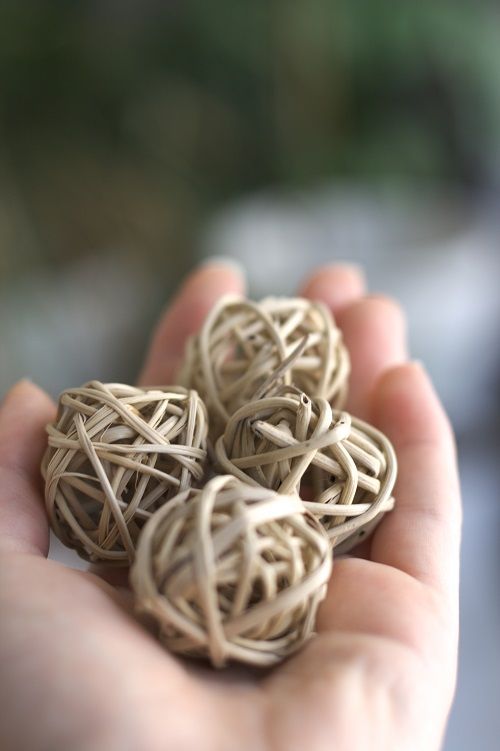
2. Preening toys for cockatiels
Cockatiels and other parrots have a natural preening instinct. After all, keeping those feathers clean and bonding with flock mates through preening is very important.
You may find your cockatiel preening your own hair or even your eyelashes if given the chance. Not surprising, given the fact that they naturally spend a big part of their day on their and their flock’s plumage.
To stimulate this natural behavior, you can include some preening toys for cockatiels in your bird’s cage. A great preening toy has small loose pieces that can be pulled out.
Examples are crinkle paper, coconut fiber or seagrass. Cotton rope is also popular, but some cockatiels just don’t get the memo that you’re not supposed to eat it. This can lead to dangerous crop impaction and is therefore better avoided.
Some great examples of fun cockatiel preenings toys include the following, though beware: you’ll definitely have to vacuum once your bird is through with these!
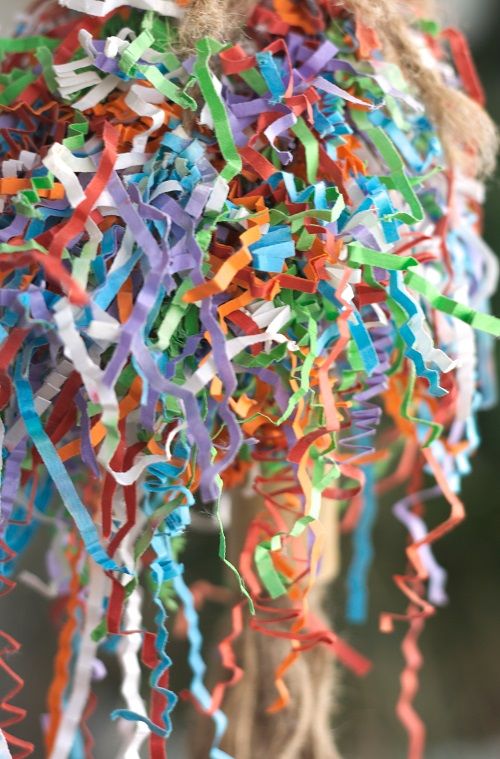
Foraging toys for cockatiels
I talk about foraging a lot here at Psittacology and that’s because it’s just such a fantastic way to easily enrich a parrot’s life. In the wild, cockatiels spend much of their day on the floor scanning for seeds and other tasty morsels.
In our home, we just throw some food in a bowl and leave it at that. A waste of parrot brain power, and a missed chance to give your bird some extra exercise.
Studies have actually found that foraging can be helpful as part of treatment for feather plucking in parrots, something notoriously difficult to get them to stop doing once they’ve started.
Additionally, there is evidence of contrafreeloading in some parrot species, which can probably be extended to cockatiels. They suggest that parrots may actually prefer to have to work for their food by means of foraging.
Get those ‘tiels working for their food! Start out with simple foraging options and move on to more advanced puzzles if you feel your bird is ready. Some examples include:
- A homemade foraging box – scroll down to the section on DIY toys for cockatiels
- Foraging wheel toys
- Stacked foraging cups toy
- Hanging foraging ball (this, stuffed with millet, gets mine every time!)
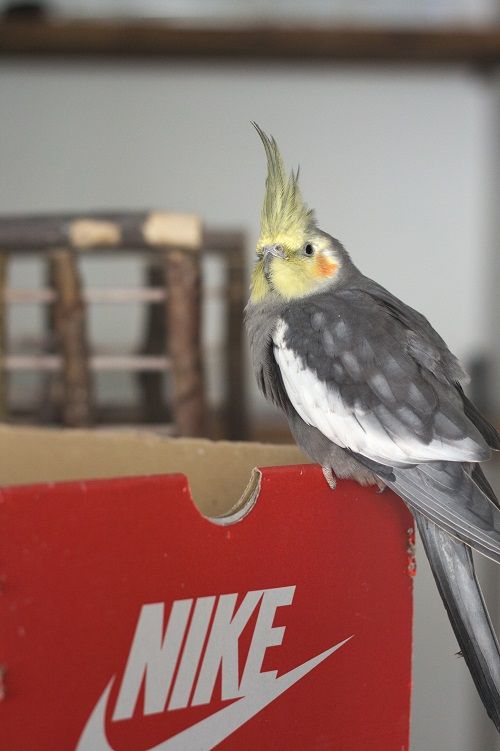
Perch toys for cockatiels
Perch toys fall into that perfect double whammy zone, giving your cockatiel the option to sit comfortably and rest or to play, chew, preen and more. They should absolutely be part of your cockatiel’s toy rotation.
Chewable wooden items are great, especially with some colorful beads here and there to keep things fun. The funky wooden one pictured below is a great example of a perch toy that is good for a cockatiel’s feet and attractively chewable.
There are loads of options to choose from. Just steer clear of “pedi-perches”, which supposedly trim your cockatiel’s nails but can actually cause sores on their feet. Straight plastic or dowel perches are also less than ideal, as they can cause the feet to deform over time.
Some examples of fun perch toys for cockatiels include:
*Keep in mind that some cockatiels think swings are great, while others don’t quite see the fun in them.
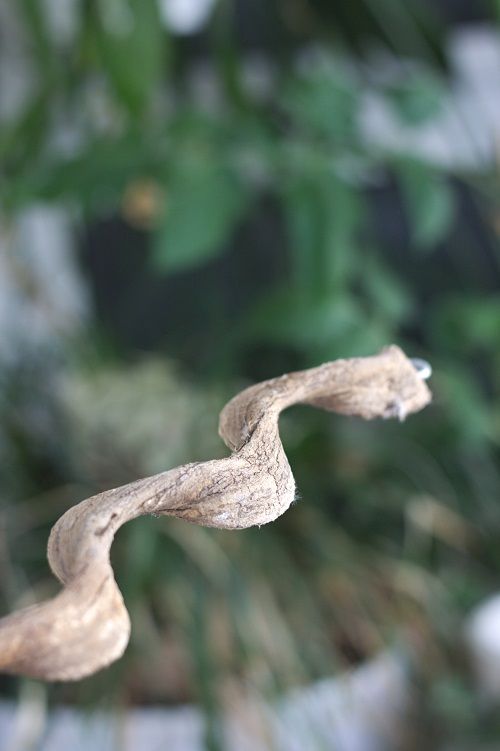
Edible toys for cockatiels
Plenty of the cockatiel toys we’ve already discussed are chewable, but since these are made of wood, they’re not meant to be ingested. However, there are actual edible parrot toys out there that satisfy both the need to play and chew as well as birds’ high calcium needs.
You probably know your cockatiel needs a cuttlebone or a calcium block, so why not integrate these into a toy? Another of those multifunctional options.
There are a few different variations available, like:
*As cute as it is, don’t use this one if your cockatiel eats rope. Supervise if you’re not sure.
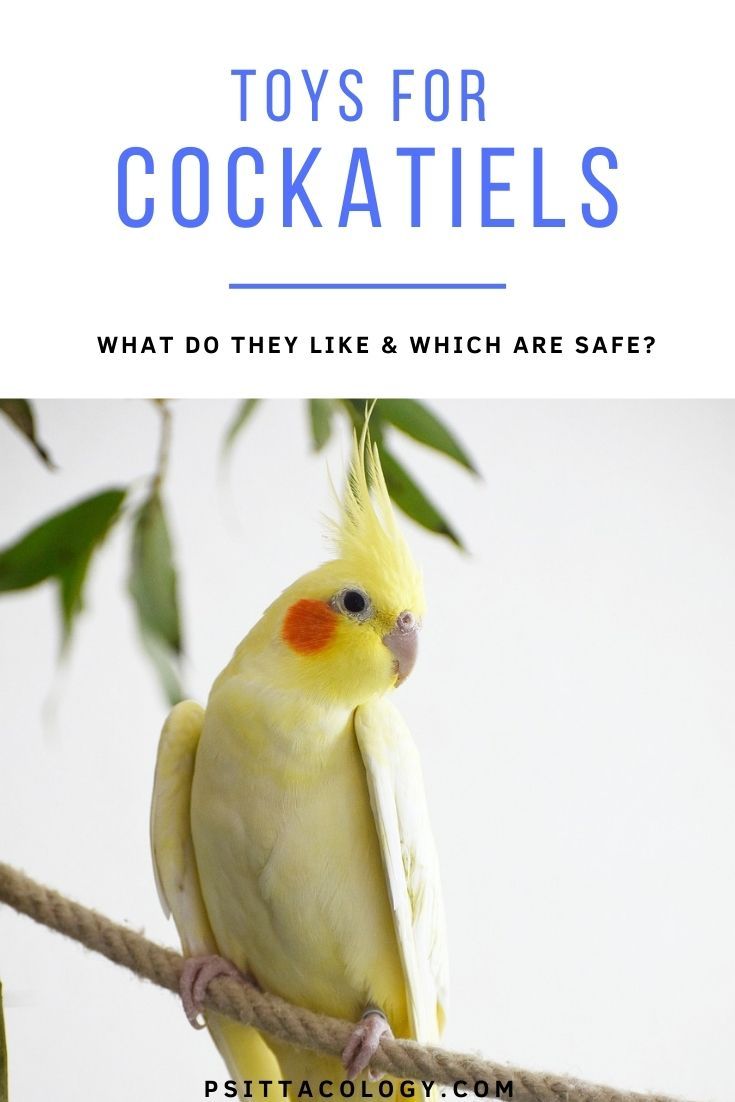
DIY cockatiel toys
If you’ve had a look around for cockatiel toys, you’ll probably have noticed that most of them aren’t cheap. The DIY-savvy parrot owners among us may find it preferable to make their own cockatiel toys rather than buying them in-store! If you purchase some quick link clasps and paper twine, you’re pretty much already halfway there.
For simple stacking toys, consider items like:
- Fully dried orange slices, all moisture removed
- Dried parrot-safe sticks with holes drilled in them
- Coconut shell with holes drilled in it (you can offer your cockatiel some of the coconut flesh too)
- Paper cupcake/muffin cups and coffee filters
- Dried pasta
You can also buy parrot toy-making parts if you really want to go for it. It’s still a lot cheaper than pre-made toys, and the nice thing is that you can customize them to be exactly how your cockatiel loves them.
One thing you should definitely make is a homemade foraging box. A low seagrass or wicker basked would be ideal, although I tend to just go for an old shoebox. Fill it up with items like crinkle paper, small toys, parrot-safe dried leaves or flowers and much more.
Show your cockatiel how you drop some food into the box and let the searching begin!
It depends. In principle, sisal or cotton rope toys and perches are safe, but they can pose a danger. If your cockatiel likes to chew its rope toys, you should remove them. The fibers can cause crop blockage. Fraying rope toys should also be removed, as the little loops can easily catch a nail or foot and cause major trouble.
You can use items braided from seagrass as an alternative.
Yes, willow branches and willow toys are safe for cockatiels and other parrots to play with.
We’ve already mentioned rope toys as possible suspects. Bells should be removed from toys in most cases, as they’re prone to puncturing or getting stuck on parrots’ beaks.
Snuggle huts can provoke the same issues as rope toys, as well as trigger hormonal behavior. It can also be a good idea to replace some less-than-ideal toy clasps with quick-link ones.
There is a list of toys that people have had trouble with over at Avian Avenue.
Most cockatiels don’t really tend to use their feet to hold food and other objects. They might like a foot toy to chew, but they usually won’t pick it up as larger parrots do.
Conclusion
Having access to plenty of toys for cockatiels is so important for your bird! Even rescue parrots that have never seen a toy in their life and might be fearful at first can be taught to enjoy them. Gentle encouragement and demonstrations can do a lot, since social learning is a big source of knowledge for our feathered friends.
Go forth and explore! Every cockatiel likes different things, so take your time to figure out its personal favorites. Be sure to rotate toys on a monthly basis to keep things exciting.
If you have any more questions about toys for cockatiels or if you want to share your own personal experiences and ideas, don’t hesitate to leave a comment below.
Luescher, A. (Ed.). (2008). Manual of parrot behavior. John Wiley & Sons.
Lumeij, J. T., & Hommers, C. J. (2008). Foraging ‘enrichment’ as treatment for pterotillomania. Applied Animal Behaviour Science, 111(1-2), 85-94.
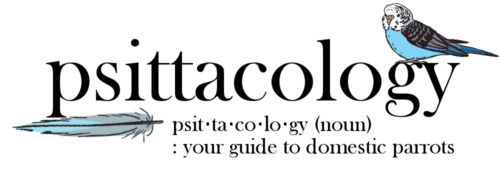
I have a cockatiel and she’s doesn’t like toys. I have wasted my money on toys you name them I have bought them and I charged them around & she still doesn’t play with them. My cockatiel name is Orange Blossom and she lays eggs and this is the time she fights her toys.One that has confett.
Orange Blossom was molting and I didn’t think she would ever stop, when she did the next thing was she started doing her thing and now she’s laying in the bottom of her cage, she likes loose leaf paper and napkins, tissue paper for wrapping. Only white &paper that comes from Amazon which I put on bottom and white on top. She’ doesn’t like for me& people to look at her eggs.she’s a very private person.Blossom has a lot of sense for a cockatiel.
Thanks for sharing, Orange Blossom sounds like a real character (like pretty much any cockatiel)! They definitely all have different preferences when it comes to toys.
Friends gave me toys for my cockatiel. The toys seem too big. What is a good size toy for cockatiels?
Hey! What a nice gift. It completely depends, but it is true that some toys are simply a bit too big. Items with appropriate sizes for cockatiels include things like orange slices, pasta, muffin cups, coffee filters, stacked to a height of up to around 10″.
This being said, as long as your cockatiel isn’t terrified of these toys, you can always try them, or even take them apart to make smaller ones. Good luck! 🙂
I’m sad that all your products come from Amazon, there are so many very cool items there! I will not support a mega corporate company with no regard whatsoever for their staff and who is slowly gaining an online global monopoly, putting smaller ventures out of business because they can’t compete with Amazon’s buying power. I’d rather go without 🙁
I’m actually working on replacing a lot of the Amazon links on the site with Etsy ones (and preferably actual handmade stuff, not dropshipping from Asia)! It’s difficult to find a balance between making a living off my websites (which I need to do to be able to maintain them and keep putting out new content) and not supporting crappy businesses. But I’m on it 🙂 Thanks for reiterating the importance of it.